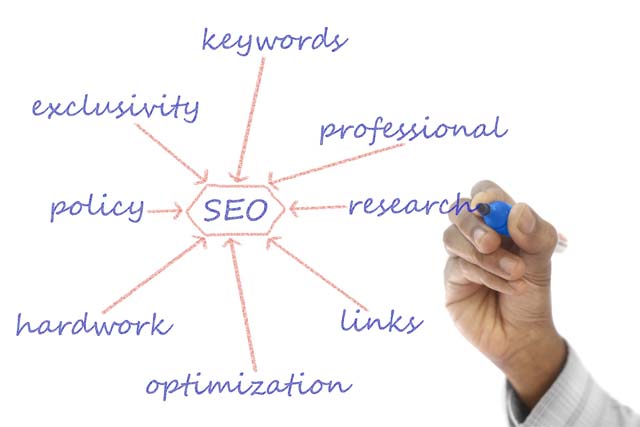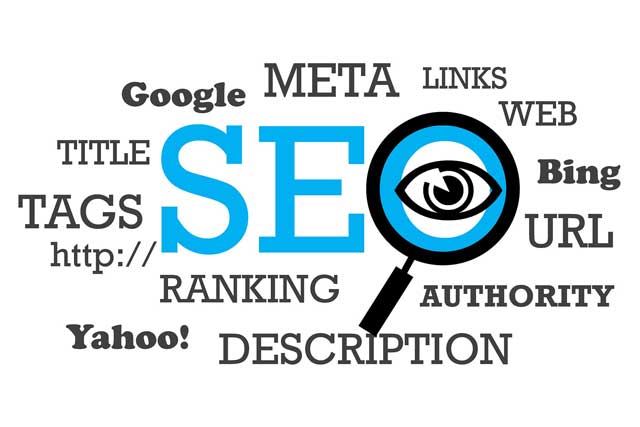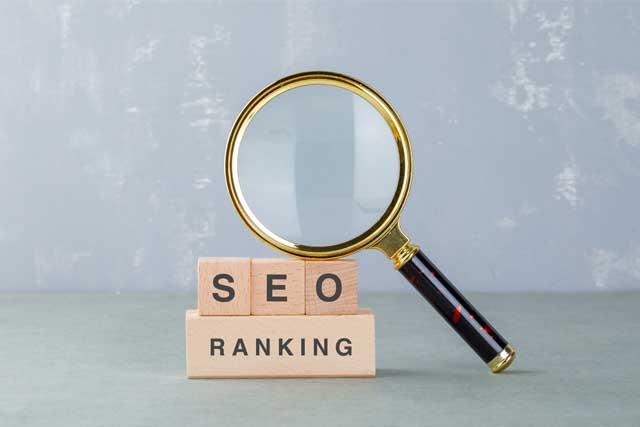
Getting to know SEO
A beginner's guide
Getting to know SEO
A collection of methods and best practises known as search engine optimization (SEO) are used to optimise a website for increased visibility and ranking on search engines like Google and Bing.
The primary objective of SEO is to raise a website's organic search rating so that it shows up higher on the results page for pertinent keywords and phrases. Increased website traffic, both in volume and quality, can result in higher conversion rates, better brand recognition, and overall business success.
SEO involves a combination of on-page and off-page optimization strategies. On-page optimization refers to optimizing individual web pages to rank higher and earn more relevant traffic. This includes optimizing the website's content, structure, images, meta tags, and headings.
Off-page optimization, on the other hand, refers to optimizing factors outside the website that can impact its visibility and ranking. This includes link building, social media marketing, and brand building.
Key components of successful SEO include:
- Keyword research and analysis
- On-page optimization
- Content creation and optimization
- Link building
- Mobile optimization
- Local SEO
- Technical SEO
It is important to note that SEO is an ongoing process, as search engines constantly update their algorithms and ranking factors. Staying up-to-date with the latest SEO trends and best practices, and continuously monitoring and adjusting your website accordingly, is key to long-term success.
Search Engine Optimization (SEO) is the practice of improving the ranking and visibility of a website on search engines like Google, Bing, and Yahoo. The goal of SEO is to increase the quality and quantity of organic traffic to a website.






